When the computer detects that the wireless adapter is disabled externally and is unable to switch it on, the error “wireless capability is turned off” generally occurs. This issue is quite general and might apply to a variety of circumstances. When you are unable to connect to the internet, it appears when you run Windows Network Diagnostics.
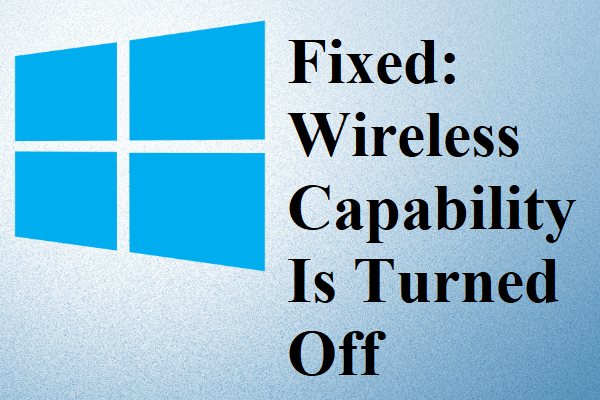
These circumstances include a BIOS setting error, hardware button disablement, outdated drivers, and so on. This problem commonly occurs when you update your operating system, BIOS, or install a recent Windows update. We have mentioned several alternative solutions to this problem. Begin with the simplest and progress to more sophisticated workarounds.
Recommended Post:- How to Get to Advanced System Settings on Windows 10 – Complete Guide
About Windows 11
Microsoft Windows 11 is currently available as a free upgrade for Windows 10 customers. It was formally announced on June 24, 2021, and it will be released on October 5, 2021. It is the latest version of Microsoft’s Windows operating system, succeeding Windows 10.
This article provides all information regarding Windows 11, the new operating system. This new operating system features a more appealing, modern design, improved security, and new ways to search for and download apps. In addition, the operating system offers a brand-new, streamlined, yet modern interface designed to promote productivity and creativity.
Why is the wifi functionality disabled?
This problem can occur for a variety of causes. Among the most important factors are:
- Outdated network drivers: A wireless driver is required for the system to communicate with the wireless device by providing a standard interface. As a result, an outdated driver can cause wireless functionality in Dell PCs to be disabled.
- Virus and malware attacks: A virus attack on a PC may impair wireless network operation. If this is the source of the problem, please see our recommended list of the finest virus removal tools.
- Windows power settings: The Windows power settings feature allows you to regulate your computer’s power usage, such as when to sleep and how much power specific components require. To save battery power, adjusting the power settings in Windows 11 can disable the wireless functionality.
Although these reasons may differ between devices, we’ll go over how to troubleshoot the Windows 11 wifi capability switched-off problem.
What can You do if the wireless capability in Windows 11 is disabled?
Before you do anything else, perform the following preparatory checks:
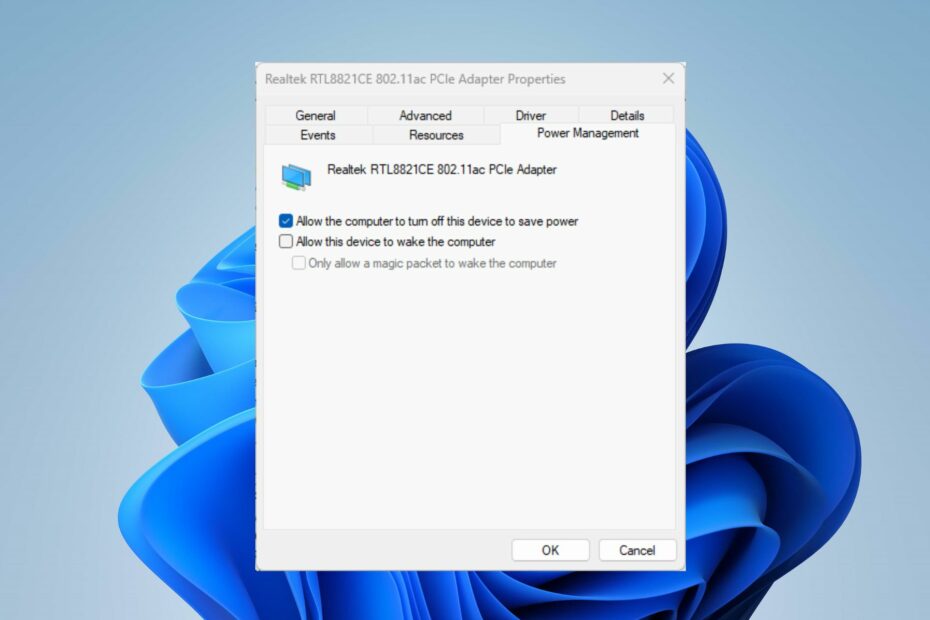
- Examine the hardware switch or button to see if Wi-Fi has been switched off manually.
- Check to see if the wireless network is within range.
- Restart your computer in Safe Mode to see if the error has been resolved.
Let us examine the answer in greater depth.
Solution 1: Enable the Wifi option
Turning on WiFi at the login screen when you switch on your Windows is another potential fix that many customers observed. This function is normally there so that if improper authentication is used, Windows can search the internet for the most current password and compare it to the one you supplied. The reason for this is unknown, but if this method works for you, you should establish a new account and test the wifi capabilities.
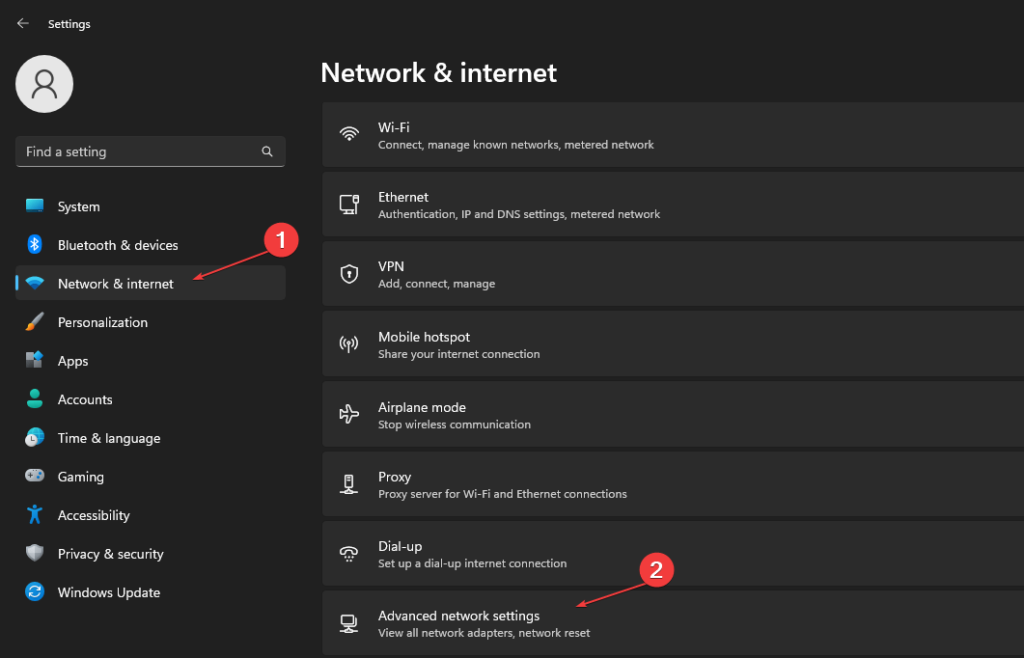
- Step 1: Hit Windows + I to launch the Windows Settings dialogue box.
- Step 2: Go to the Network and Internet tab and then to Advanced network settings.
- Step 3: Locate Wi-Fi under Network adapters and check the box next to it to Activate it.
Turning on the wireless option will enable your device to connect to a wireless network. If your PC’s Wi-Fi symbol is missing or has vanished, follow this article to find the best solutions.
Solution 2: Update the most recent Network Adapter driver
- Step 1: Right-click the Windows icon and choose Device Management from the menu that appears.
- Step 2: Expand the Network Adapter category by clicking the drop-down button, then right-click on the wireless network adapter. Next, from the context menu, choose Update driver.
- Step 3: On the following screen, click the Search automatically for driver button.
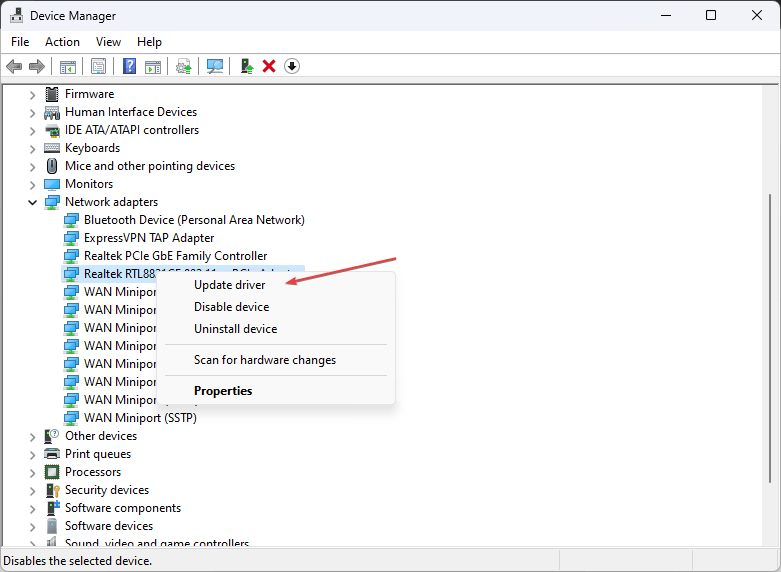
Upgrading the diver will help the wireless network to connect with Windows OS more successfully. Meanwhile, if you wish to update all drivers, we offer a complete guide to updating system driver packs on Windows.
Solution 3: Turn on WiFi Using the Physical/Keyboard Switch
Several laptops include a physical switch or keyboard shortcut that allows users to rapidly turn WiFi on or off with the press of a single button. The error message might be caused if the hardware switch is accidentally switched off.
Check for any buttons on the edges of your laptop or somewhere below the screen. Certain models also include a touch laptop feature near the bottom of the screen. Try looking for a wireless icon and touching it to correctly turn it on.
In addition to the physical switch, a keyboard switch can be used to turn off WiFi. They also serve the same purpose as the hardware switch in terms of accessibility and convenience of use. Before you may push these buttons, you must normally first press the “Fn” button. This configuration may differ from one laptop to the next. Search your keyboard for any key that has key that represents a wireless switch.
Certain models also include a touch laptop feature near the bottom of the screen. Try looking for a wireless icon and touching it to correctly turn it on. “Fn + F2” is a typical key combination for turning it on.
Solution 4: Power Cycling your laptop.
Power cycling your laptop is another method that many users find effective. Power cycling is the act of totally turning off and then powering on a computer. Power cycling can be used to reinitialize an electrical device’s set of setup parameters or to recover from an unresponsive state or module. It is also used to reset all network configurations, which are all lost when the laptop is turned off fully.
To power cycle, your laptop, turn it off and unplug all of its wires. Then, carefully remove and detach the battery. Wait for around 2-3 minutes before plugging in the battery again. The rationale for removing the battery is to ensure that all capacitors are properly exhausted and that no current data saved in RAM is lost. Check to see if the problem has been resolved after restarting the laptop.
Solution 5: Enable WiFi via Windows Mobility Center.
Windows Mobility Center centralizes computer-related information and settings. It is made of square tiles, each with a different function. On most desktop computers, it is inaccessible. There are features such as brightness adjustment, wireless options, battery or power plan, and so on. It’s conceivable that you have the WiFi configurations switched off in Windows Mobility Center, which is causing the problem.
- Step 1: Hit Windows + S, then type “Windows mobility center” to open the program. For Windows 7 users, press Windows + X and then choose an application from the list.
- Step 2: Choose the “Turn wireless on” option located beneath the wireless heading. If it is inaccessible or not present, proceed to the next solution. This option is not available on all PCs’ mobility centers.
Solution 6: Modify the Power Management Settings
Windows has a feature that switches off devices when they are not in use to save power and energy. This is done to extend the life of your machines’ batteries. The system most likely switched off your device and it isn’t turning back on. We can try disabling the power-saving mode and see if that improves our situation. The amount of power used to keep the wireless adapter operational is negligible, so you have nothing to worry about.
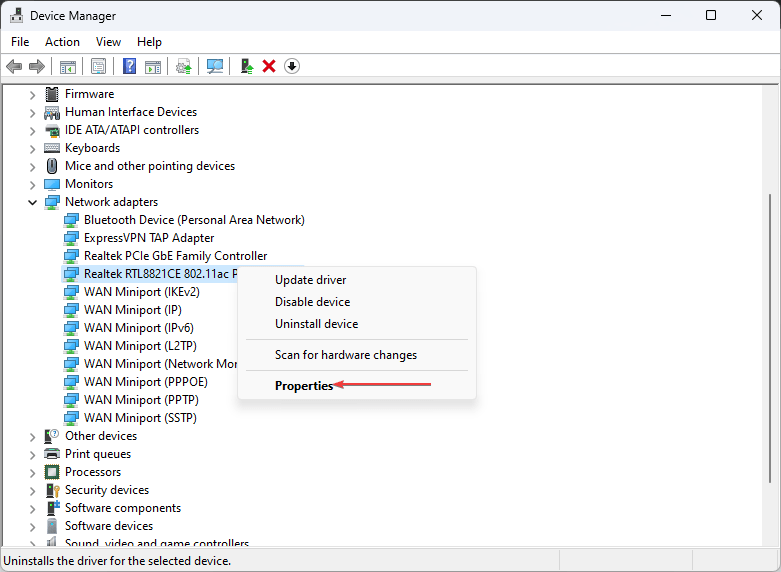
- Step 1: Hit Windows + R to open the Run dialogue box, then type “devmgmt.msc” and click Enter. This will open a window with a list of all the devices on your computer.
- Step 2: Open “Network adapters” to find the wireless adapter that is connected to your computer. Choose Properties from the Wi-Fi adapter’s context menu.
- Step 3: Go to the Power Management tab and uncheck the “Allow the computer to turn off this device to save power” checkbox.
- Step 4: Click OK to save your changes and quit. Your computer may need to be restarted.
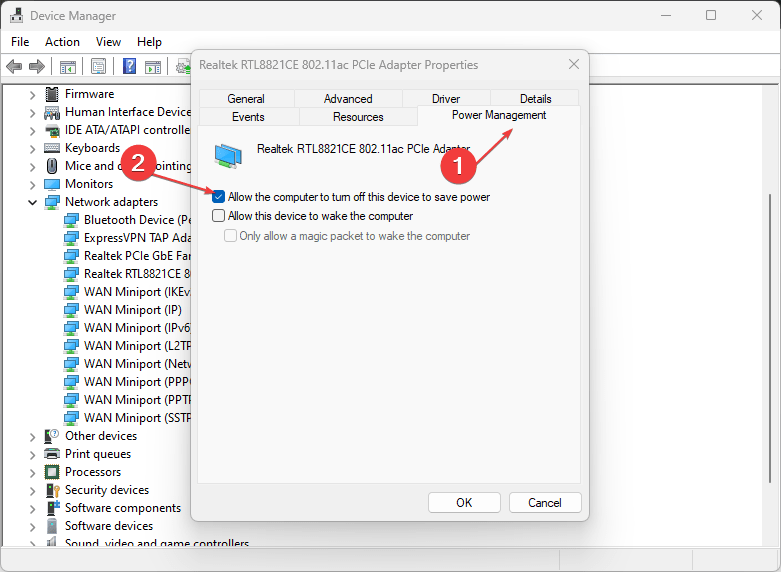
Solution 7: Network Drivers Should Be Updated
Numerous customers stated that they encountered this problem because their drivers were not up to date. Drivers are the primary means of controlling your network adapter. A network adapter is simply hardware, and drivers are the primary controlling mechanism that regulates its operation. Windows are meant to keep your drivers up to date automatically, but you should also try manually updating them. Go to your manufacturer’s website and save the most recent network drivers to a convenient spot.
- Step 1: Hit Windows + R to open the Run dialogue box. Type “devmgmt.msc” in the dialogue box and press Enter. This will open the device manager on your PC.
- Step 2: Open “Network adapters”, right-click on your WiFi device, and select “Update driver”.
- Step 3: Windows will now prompt you to choose how you want to update your driver. Proceed by selecting the second option (Search my computer for driver software).
- Step 4: When the browse button opens, select the driver file you downloaded and update it.
- Step 5: Restart your computer after the update to ensure that the connection is operational.
Solution 8: BIOS should be updated.
BIOS is an abbreviation for Basic Input/Output System, and it is a piece of firmware that is used to execute hardware initialization during the booting process of your computer. Your computer’s maker pre-installed the BIOS system, which is the first program that executes when you turn on your computer. It functions more like a key that initiates all other processes on your computer.
The BIOS is also in charge of testing hardware components on your System to ensure that they are working properly and without faults. The majority of BIOS are particularly built to function with a single model or motherboard. BIOS was traditionally written in ROM, and changing the BIOS required the replacement of hardware. BIOS is now stored in flash memory in current computer systems, allowing it to be modified without the risk of changing the hardware.
Multiple reports of changing the computer’s BIOS addressed the problem instantaneously, but we maintained it as a last resort due to its technicality. Before using this method, make a thorough backup of your data.
Conclusion
Finally, the “Wireless Capability is Turned Off” issue in Windows 11 can be aggravating because it prevents you from connecting to the internet via your wireless connection. But, you can try numerous remedies to this problem, including checking the hardware switch or function keys on your device, updating your network drivers, resetting your network settings, and performing system diagnostics.
It is also critical to keep your device’s firmware and Windows 11 operating system up to date. You can restore wireless connectivity to your Windows 11 device and resume your online activities by investigating this issue and executing the relevant fixes.
To summarize, if the wireless capability is switched off, you can try the alternatives listed above to turn it back on and resolve the issue. Hopefully, you found this post beneficial.







